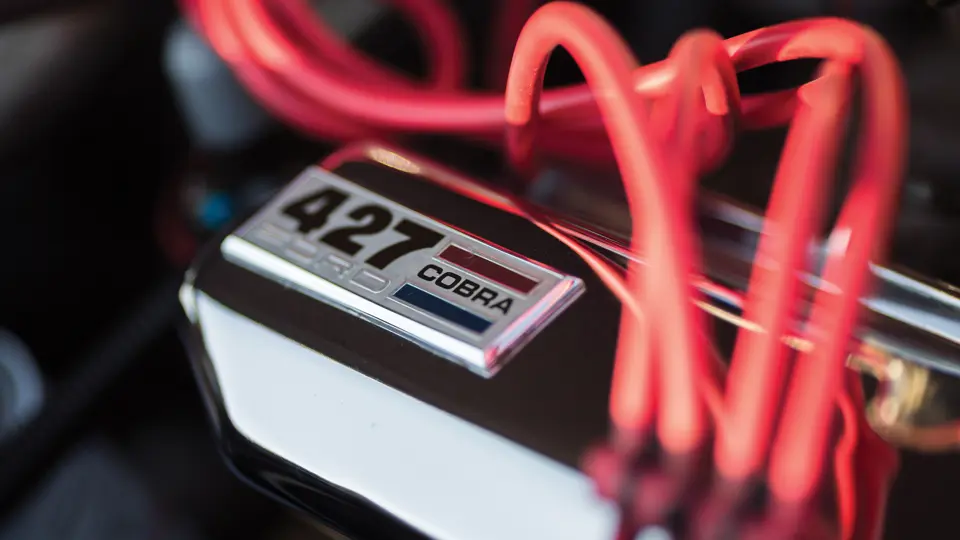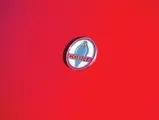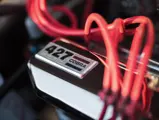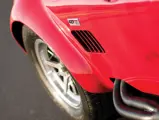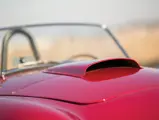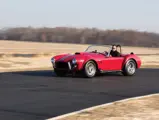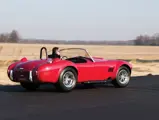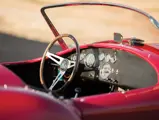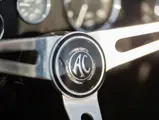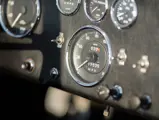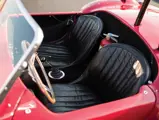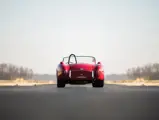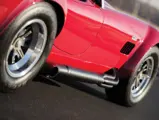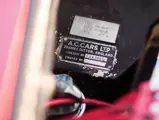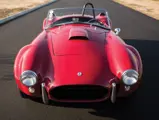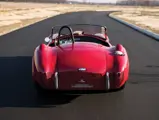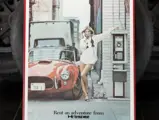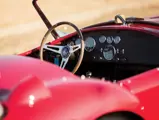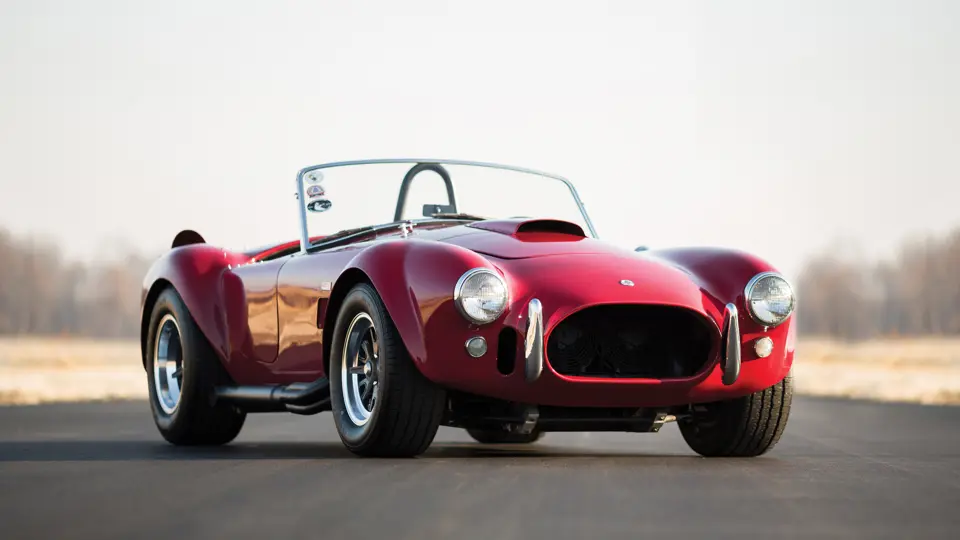
1966 Shelby 427 Cobra
{{lr.item.text}}
$990,000 USD | Sold
{{bidding.lot.reserveStatusFormatted}}
- The famous Jones Brothers’ “Mr. Formal Wear” Cobra
- A genuine, well known and respected 427
- Original Shelby-supplied, Le Mans-modified bodywork
- Original interior, top, side curtains, and Halibrand wheels
- Subject of a six-page feature article in the SAAC World Registry
Est. 410 bhp, 427 cu. in. Ford V-8 engine with dual four-barrel carburetors, four-speed manual transmission, four-wheel coil-spring independent suspension, and four-wheel hydraulic disc brakes. Wheelbase: 90 in.
The thundering Shelby Cobra is unquestionably one of the most important American performance icons of the 20th century. The car, rooted in the brilliant racing career and boundless grit of its creator Carroll Shelby, singlehandedly vaulted the Ford Motor Company’s “Total Performance” corporate racing program onto the international stage and marked a crucial step forward in Ford’s eventual dominance over arch-rival Ferrari at Le Mans during the 1960s.
Under Shelby’s leadership, and with the era’s top drivers and a “dream team” that included Ken Miles, Phil Remington, Pete Brock, and many other racing luminaries in the background, the Ford-powered, AC Ace-derived Cobra was brutally quick and dead reliable. It would quickly earn its stripes winning virtually anywhere and everywhere it appeared. The Cobra won the U.S. Manufacturer’s Championship three years running, in 1963, 1964, and 1965, and with sleek Pete Brock-designed Daytona Coupe bodywork, Shelby American Inc. won the hotly contested 1965 FIA World Manufacturer’s Championship.
Although the 289 Cobra was proven and immensely successful, more power was needed to stay competitive. Since Ford’s 289 V-8 reached its reliability limit at 385 brake horsepower, Shelby’s stalwart driver and engineer Ken Miles surmised that an even bigger engine might work within the trim confines of the Cobra. If there was any doubt about the need, it evaporated when the Shelby team went to Nassau for the 1963 Speed Week, where Chevrolet’s new Corvette Grand Sports were lapping more than nine seconds quicker than the small block Cobras!
However, while Shelby was initially promised a new aluminum-block version of Ford’s 390 FE engine, internal resistance from the NASCAR faction within Ford forced a switch to the heavier cast-iron 427. Although powerful, proven, and reliable at 500 horsepower and beyond, it was heavier and therefore necessitated a complete redesign of the Cobra’s chassis to ensure proper handling. The new chassis measured five inches wider, with coil springs all around. With development help from Ford’s engineering department, the 427 Cobra was born.
The cars were brutally fast, and driving one continues to be a mind-bending experience. One of the most memorable stories about the 427 Cobra involves a test arranged for Sports Car Graphic magazine by Shelby’s Ken Miles. A few years earlier, Aston Martin claimed that their DB4 was capable of accelerating from zero to 100 mph and back down to zero in less than 30 seconds. Miles had the idea to restage the test using the new 427 Cobra. The result, according to SCG editor Jerry Titus, was an astounding 13.2 seconds!
Shelby’s big block cars were never mass-produced, as just over 300 were built. In all forms, the 427 Cobra was a mighty racing car and virtually unbeatable on the road.
CSX 3102: THE “MR. FORMAL WEAR” COBRA
The Shelby American World Registry records chassis number CSX 3102 as an authentic, original 427 Cobra that was finished in red with a black interior and billed to Shelby American on May 13, 1965. It was originally invoiced to Herb Tousley Ford, of White Bear Lake, Minnesota, but the invoice was cancelled after the Cobra apparently incurred minor damage. The car was repaired by Shelby American, under invoice number A 1057, which was dated October 9, 1965.
The original owner of CSX 3102 was seemingly unprepared for the sheer power of his new purchase, which he promptly damaged in an accident. It was then sold to Dennis Henningsen, of Mason City, Iowa, who magnafluxed the chassis, found it had no damage, and set about repairing it properly. In doing so, he contacted Shelby American about new aluminum body panels, which resulted in him purchasing the entire aluminum body from CSX 3005. CSX 3005 had been in its own right a very important automobile, as it was intended for competition at Le Mans, with Bob Johnson, of Columbus, Ohio, driving. A future Shelby American employee modified the body so that it now had wide fender flares and brake cooling ducts, twin oil coolers, and a 289 Cobra-style nose. When the intended run at Le Mans was cancelled, CSX 3005 was taken apart and its pieces were sold off and used in other cars. Its chassis was sold to Japan, and the body was sold to Henningsen for installation on the car there.
.
Both the Cobra and its new skin were sold to Richard Shopf, of Covington, Louisiana, who used the Shelby-supplied panels to carefully return the car to its original appearance. He advertised it in May 1969 as now being in “perfect condition. 7,000 miles. Never raced.”
After two years of ownership by Ed Gunther, the restored Cobra was purchased in August 1971 by Bill and Bud Jones, brothers from Roanoke, Virginia, which enabled Gunther to buy a Shelby’s exact opposite: a Cadillac V-16. The Joneses owned this car for a remarkable 40 years, during which time it was frequently shown at Shelby American Automobile Club conventions and shows. It received a 1st place in the popular vote 427 Comp Cobra class at the 1977 SAAC-2 in Hershey, Pennsylvania, and it also received many further awards in the years afterwards. By 2006, it had been driven 16,315 miles, which were presumably accumulated since its restoration by Shopf, and it had been featured several times in The Shelby American. So well-known were the Joneses and their Cobra that the car has its own six-page feature story on pages 692–698 of the SAAC World Registry of Cobras and GT40s, which is the same amount of attention that the famous tome gave to Daytona Coupes. The feature is too lengthy to print here, but it is well worth reading in its own right, and a copy is included on file. Overall, it is a wonderful story of two men and their obsession with a great car, as well as their dream to share it with as many other people as possible. “The car was not built to be stored in a garage all of the time,” Bill Jones wrote. “Drive it. Kick it in the ass every once in a while.”
Although many people have seen and taken rides in the Joneses’ Cobra, it is perhaps most famous for its appearances in promotional pieces for the brothers’ menswear company, Mr. Formal Wear, the most famous of which depicts a buxom blonde, clad in white tuxedo shirt, bow tie, high heels, and nothing else, chatting on a payphone next to the Cobra before two astonished onlookers. Another piece, famously titled “Some Guys Have It Tough,” depicts the Cobra beachside, with its driver and his lovely passenger skinny-dipping in the distance. Who knows how much business Mr. Formal Wear got out of those posters, but they definitely appeared on bedroom walls all over the country and became legend among Cobra enthusiasts.
Today, this Cobra, the very one featured in those posters, records fewer than 18,000 actual miles, and aside from one further refinish of its Shelby aluminum body and a mechanical sorting, it remains original, with the original leather upholstery on its seats and, importantly, its original engine under the hood. The owner has installed new shocks but will supply its originals to the new owner. In addition, the car rides on reproduction alloy Cobra road wheels, with an original set of Halibrand mags also supplied, and it is equipped with a 3.79:1 limited-slip rear axle and a competition 36-gallon fuel tank. The driver faces a dashboard with correct Smiths gauges and is secured in his seat by a three-inch competition lap belt. The car is equipped with its original soft-top and bows, as well as the original tonneau cover, and it is properly stamped with both CSX 3102 and CSX 3005 numbers.
Quite a few 427 Cobras led hard lives, yet very few of them were so sympathetically restored in period, with such careful attention paid to detail and, most importantly, the original Shelby bodywork still intact. The car has been well-preserved and gently used over the past five decades, and with 40 years of single ownership by two of the most prominent Cobra enthusiasts, it now has the presentation of a wonderful original, one that would be a superb and brutally fast choice for many rallies and road tours. Perhaps its best use, however, would be giving rides to other enthusiasts who do not yet have their own Cobra, as the Joneses did, or it could simply be used to take an attractive friend out to the beach for a late-night dip. Some guys have it tough.

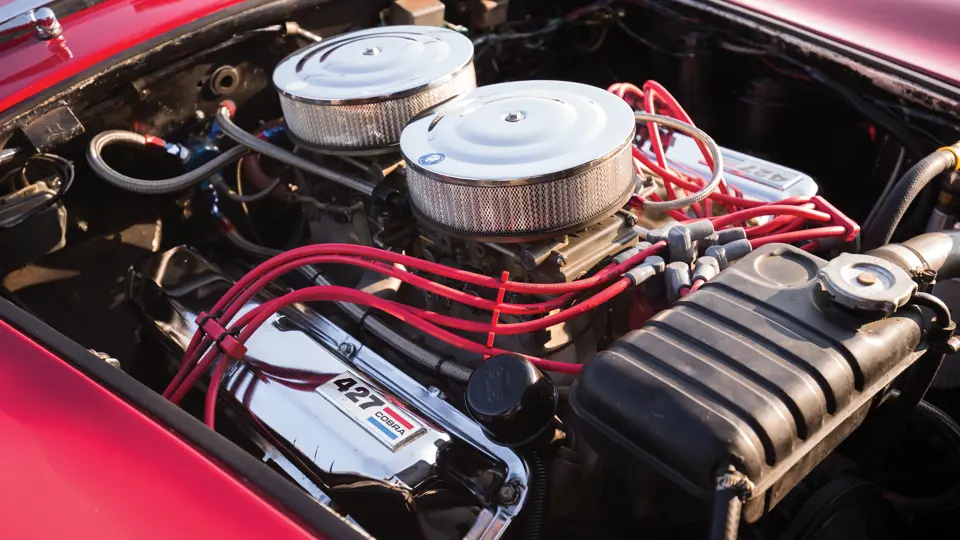
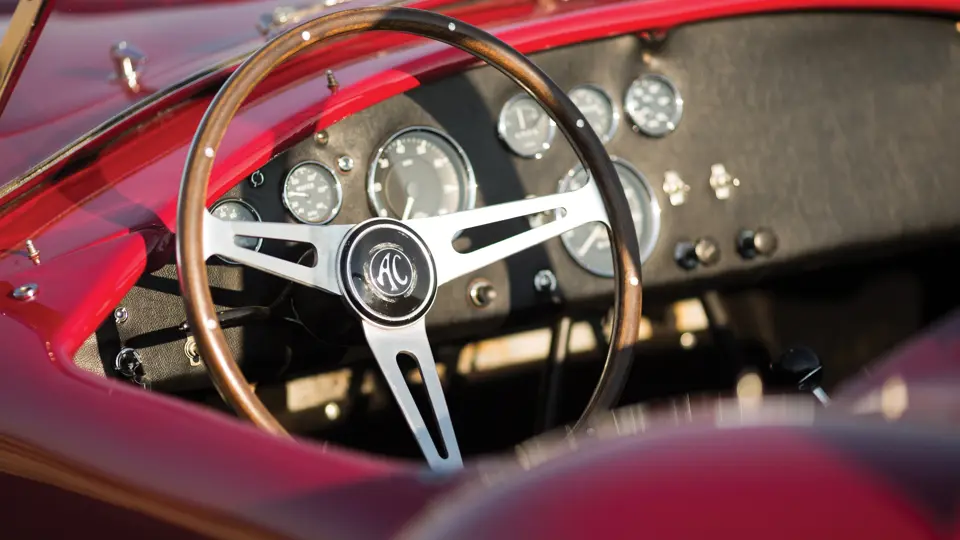

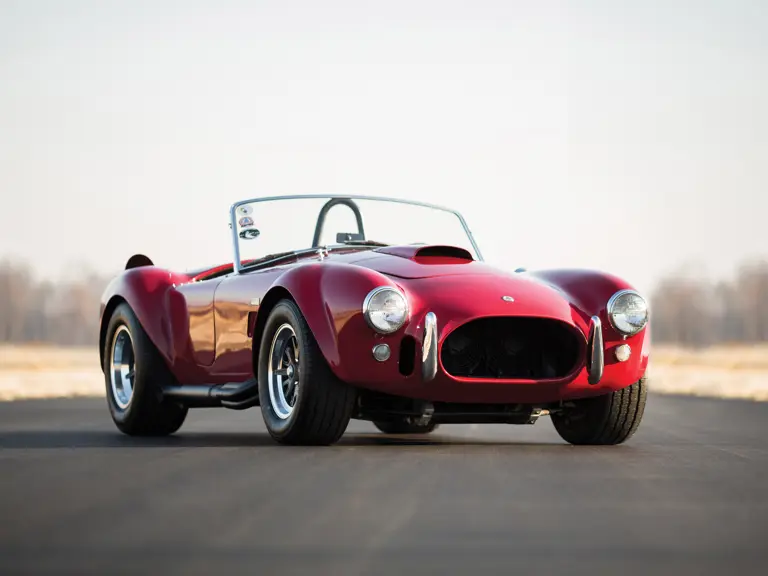
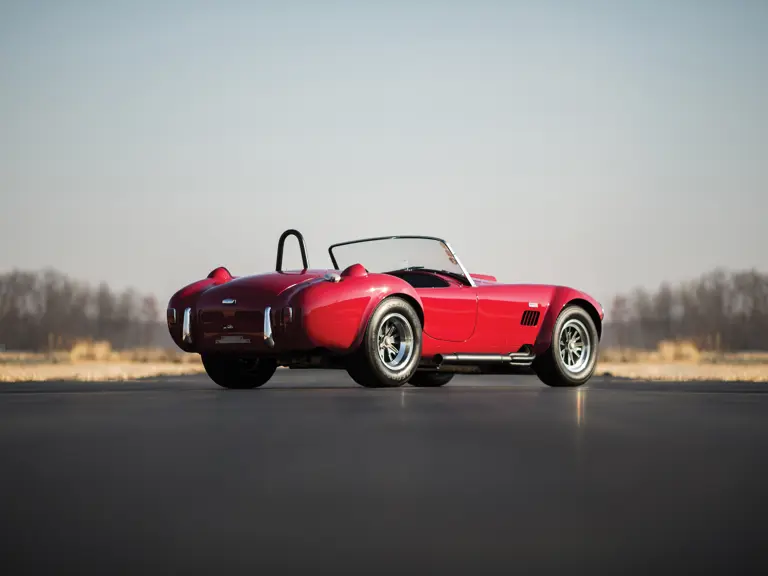
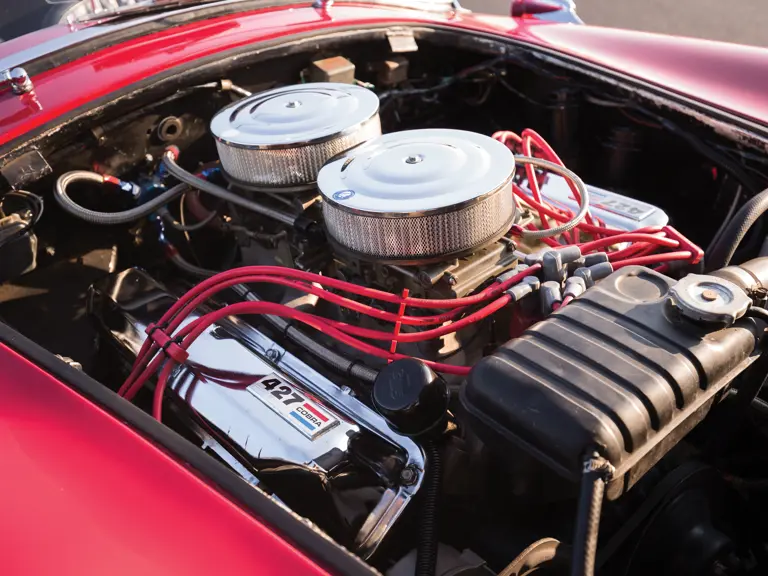
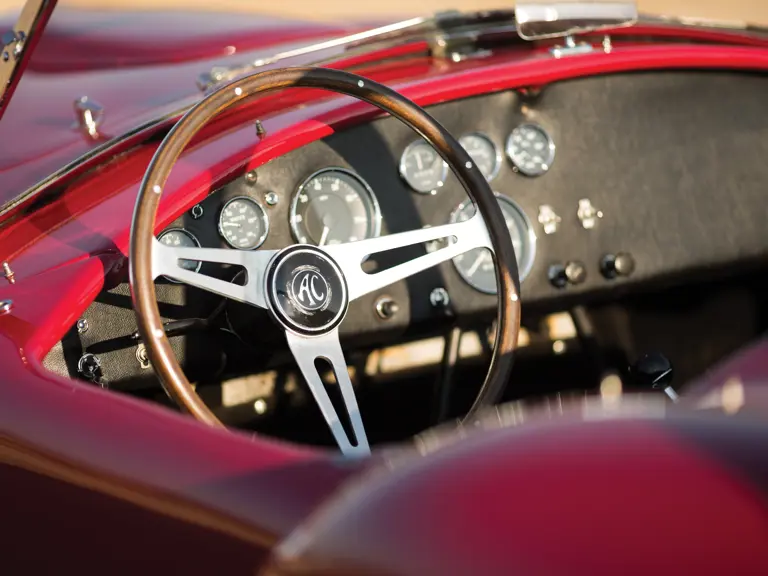
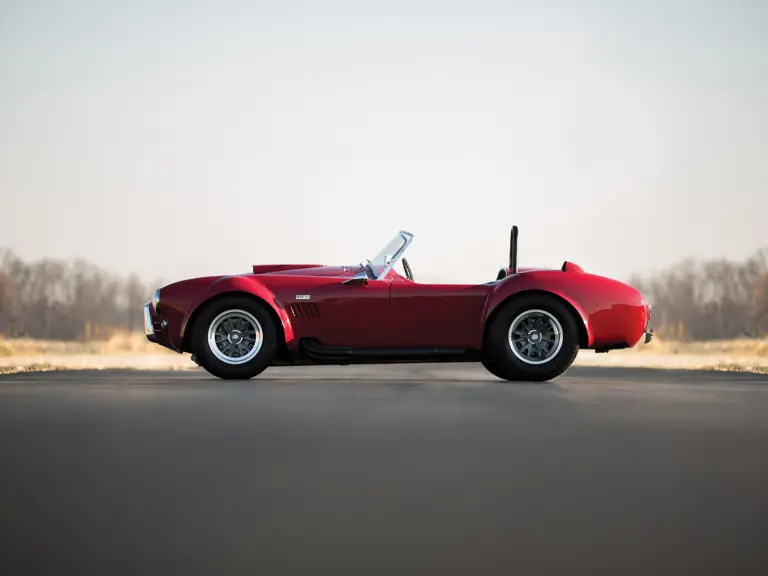

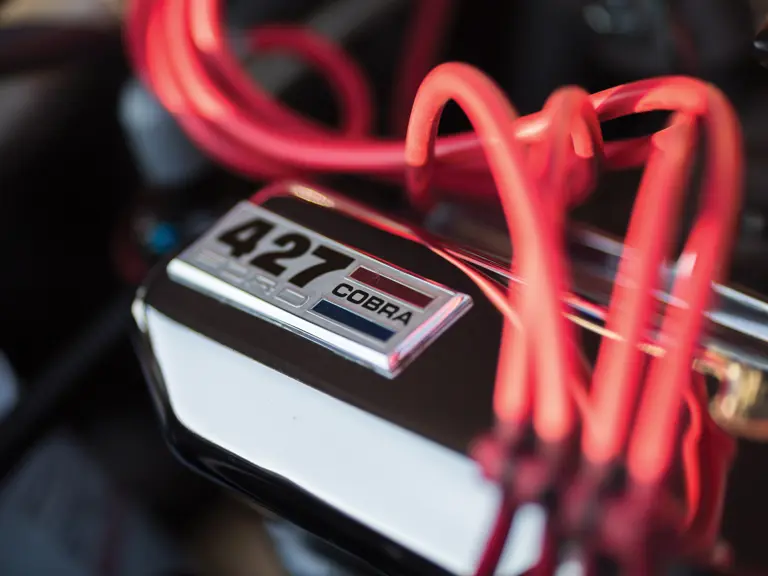

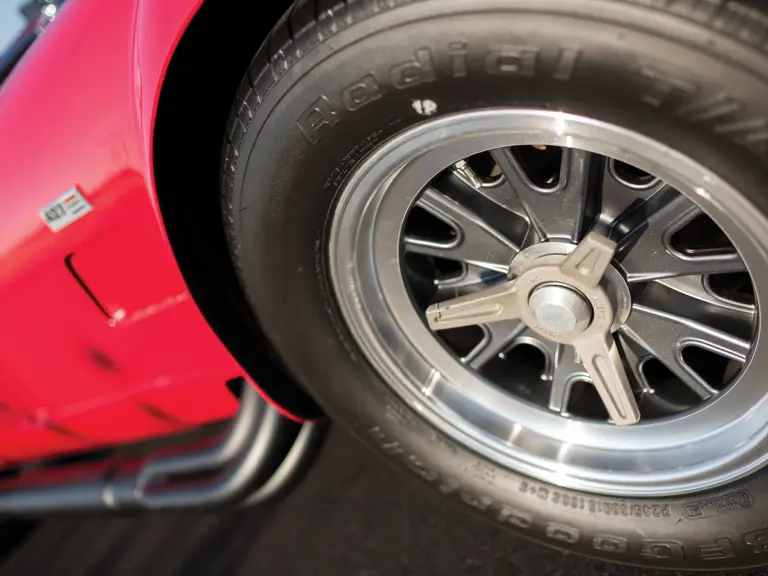
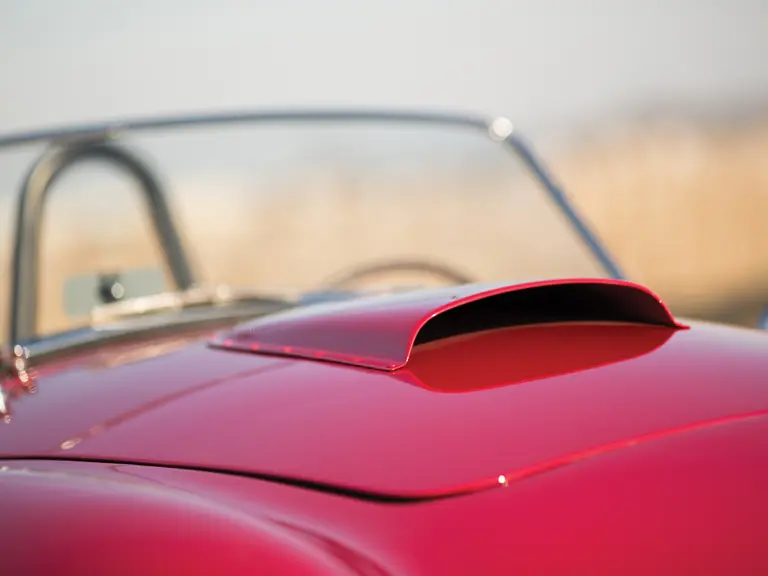
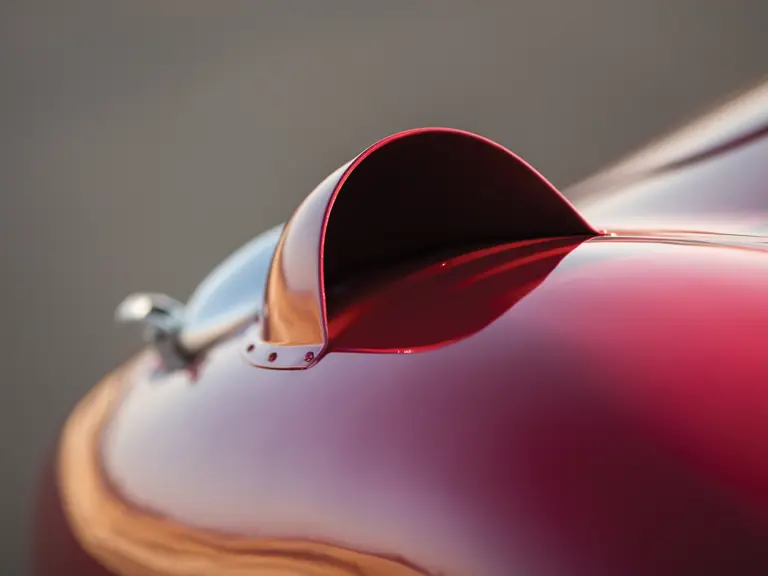
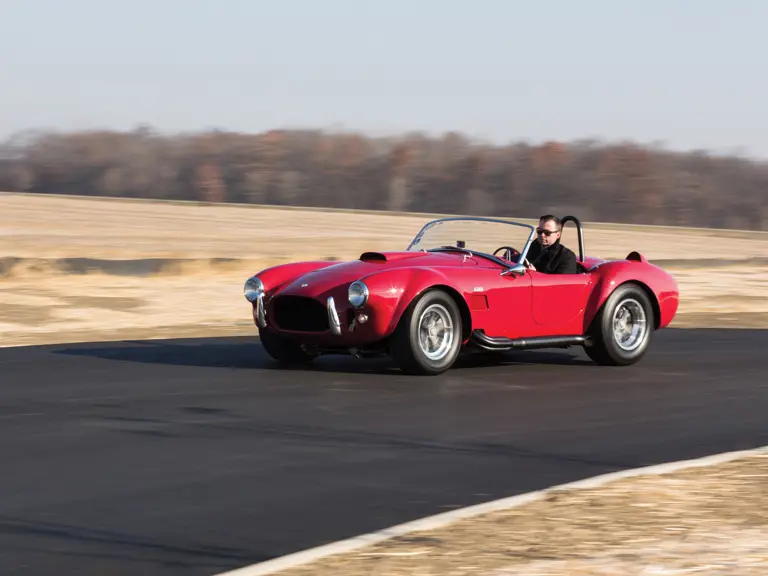
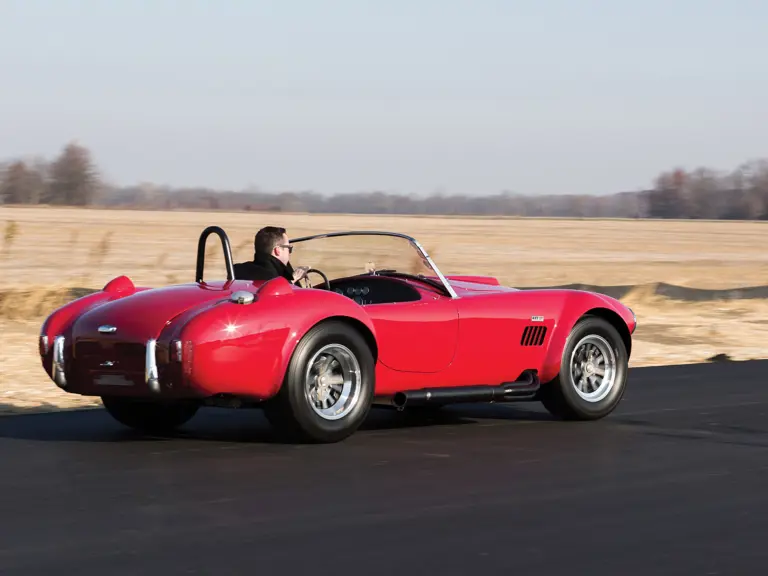
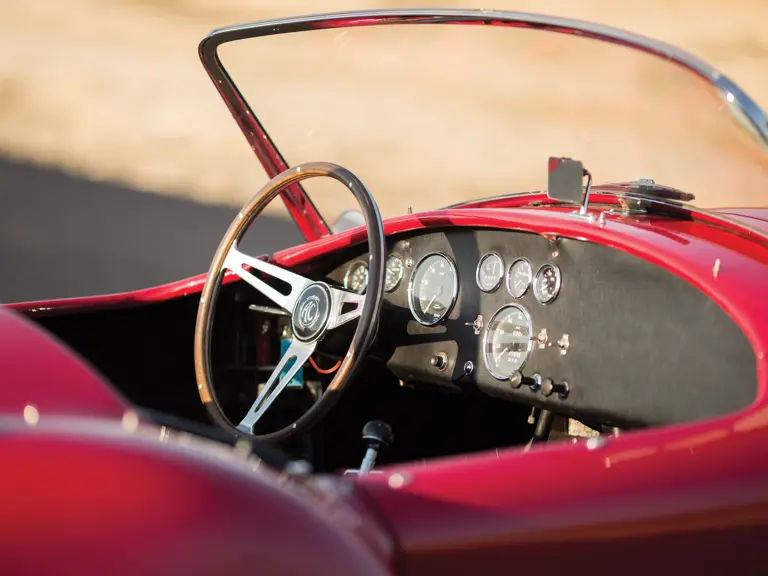
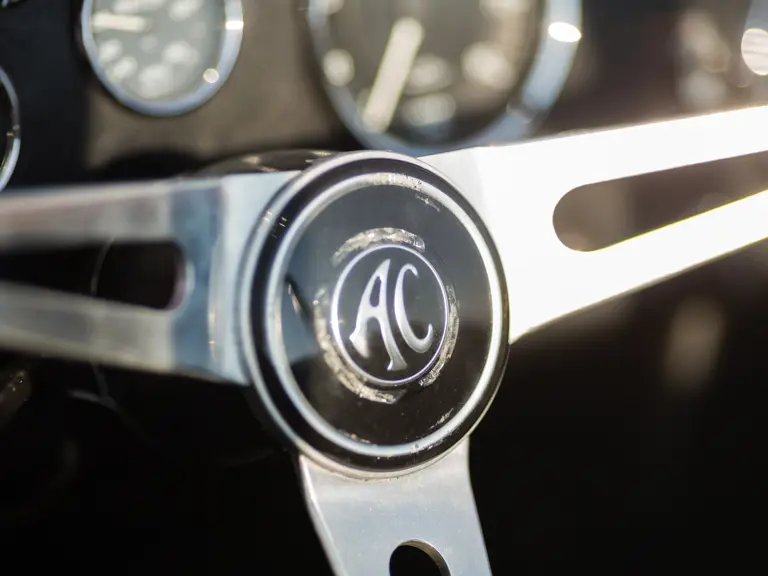
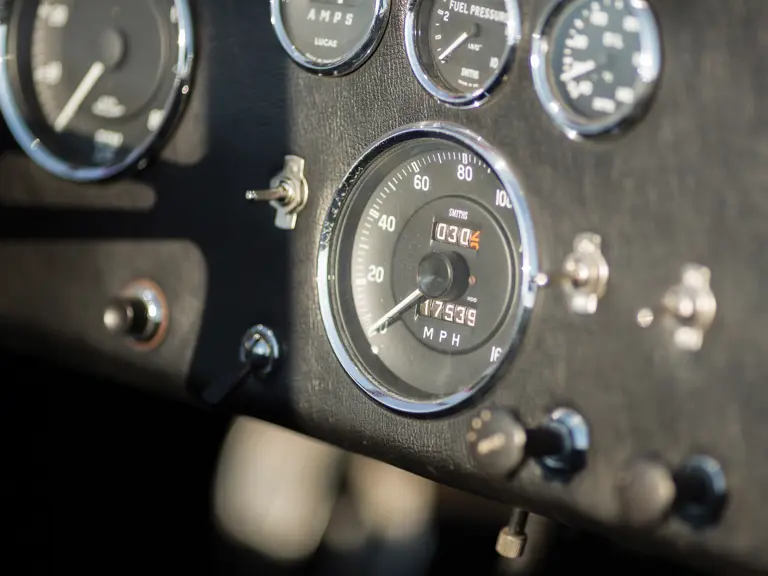


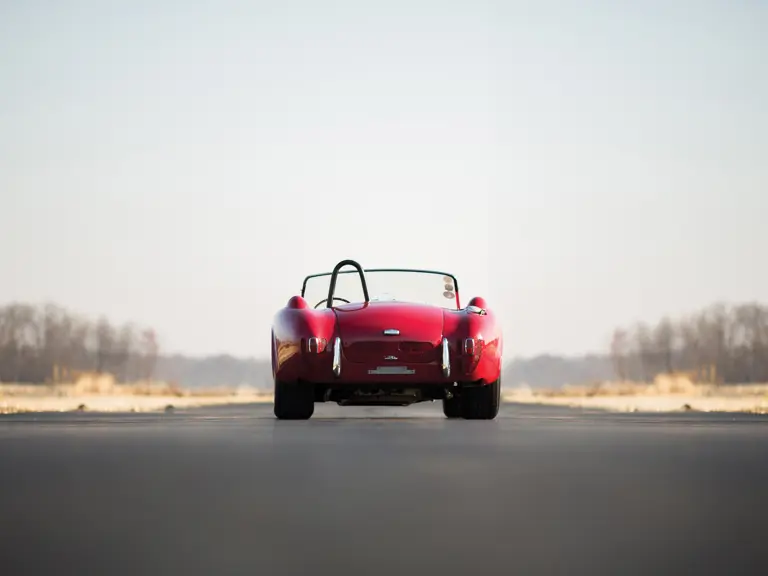
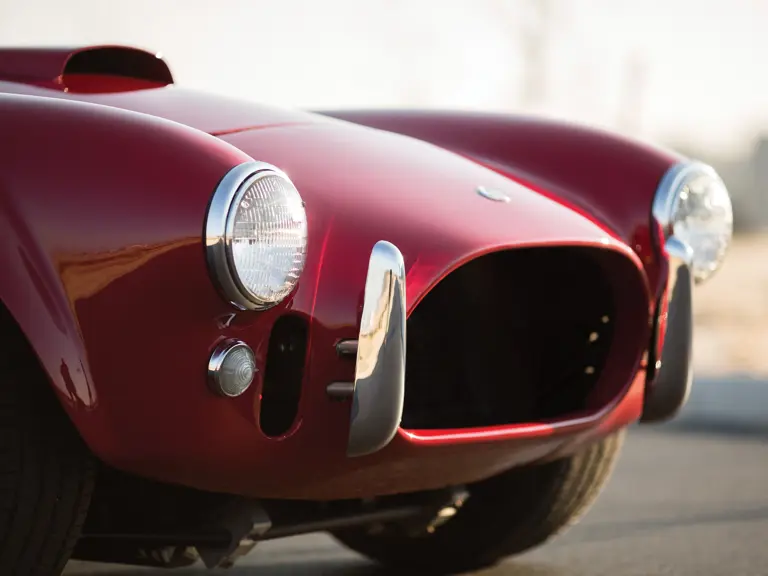
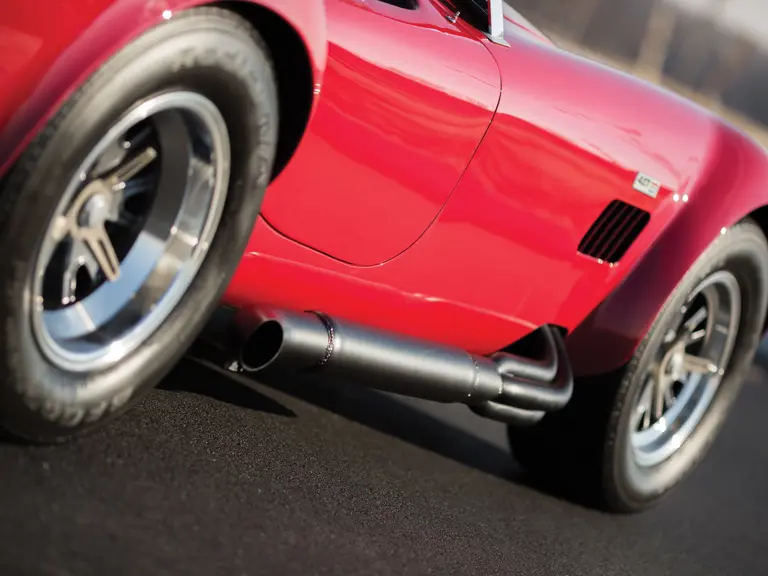
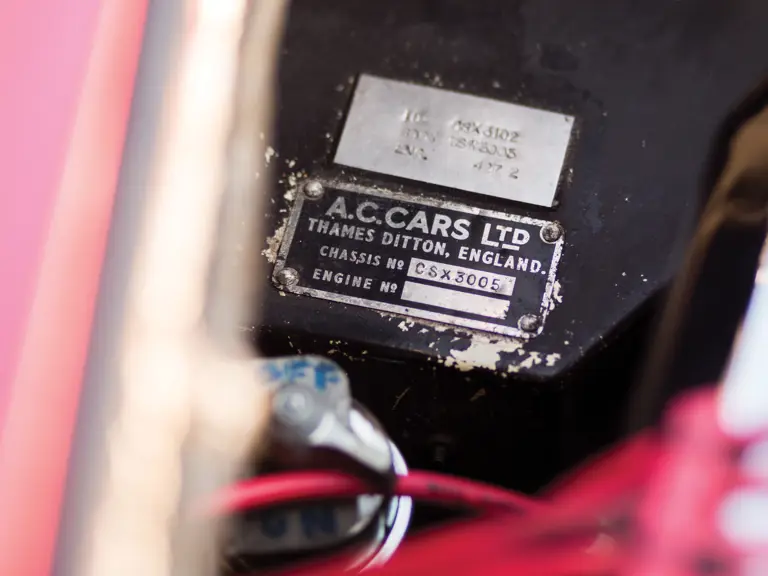
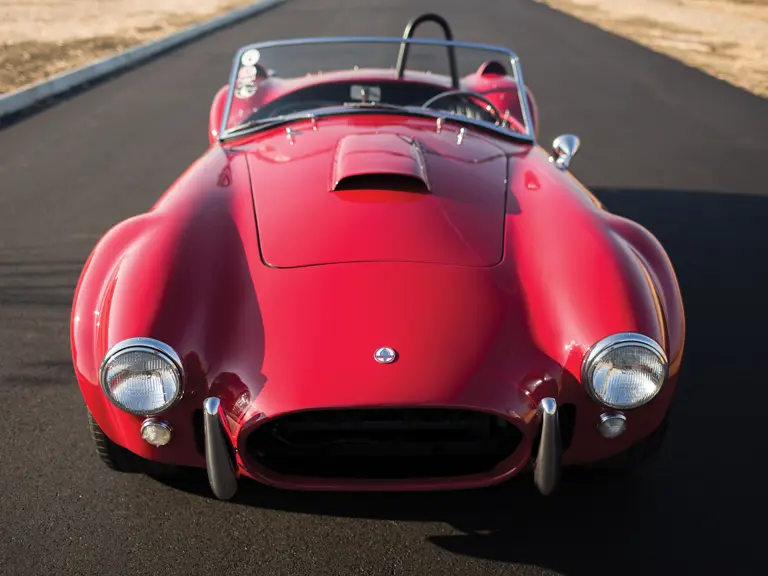
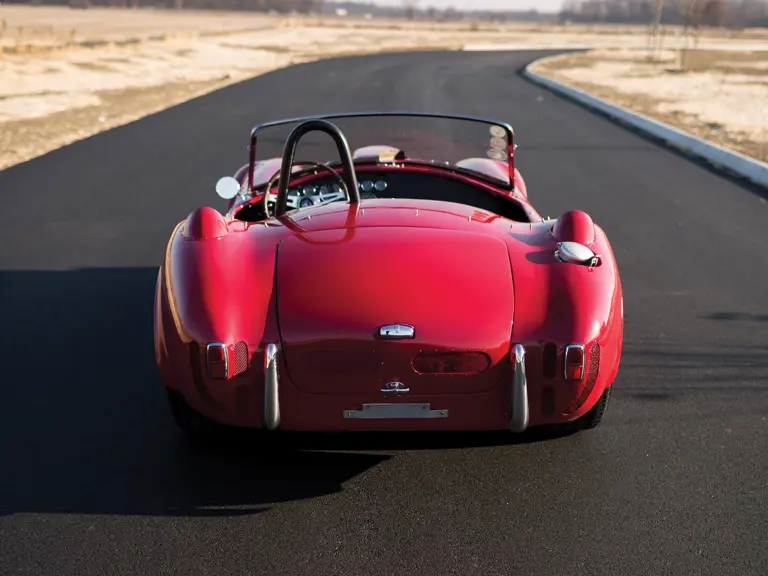

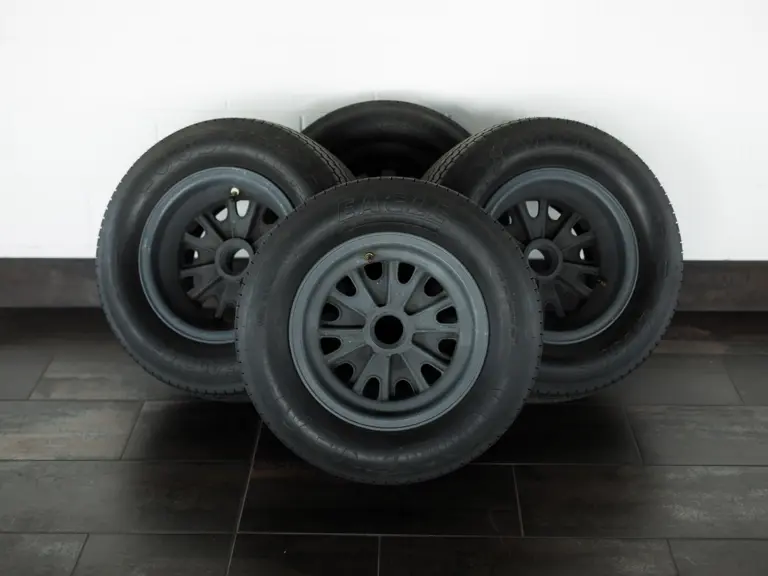
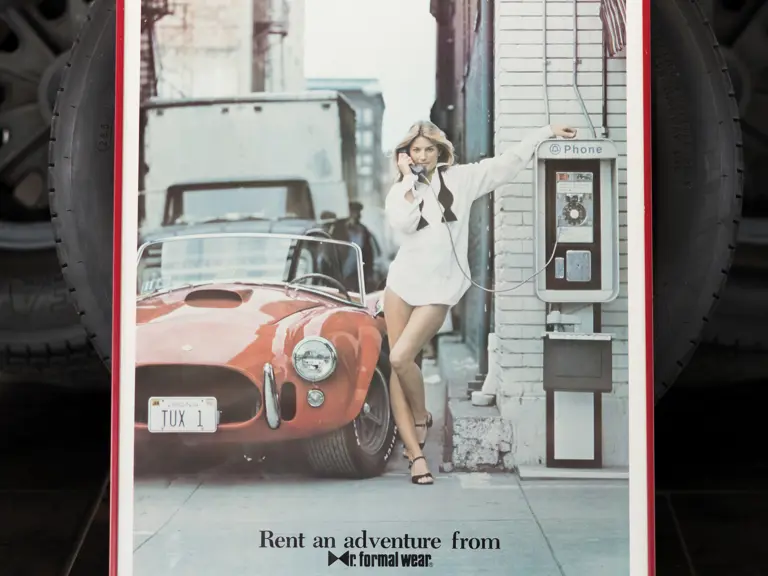
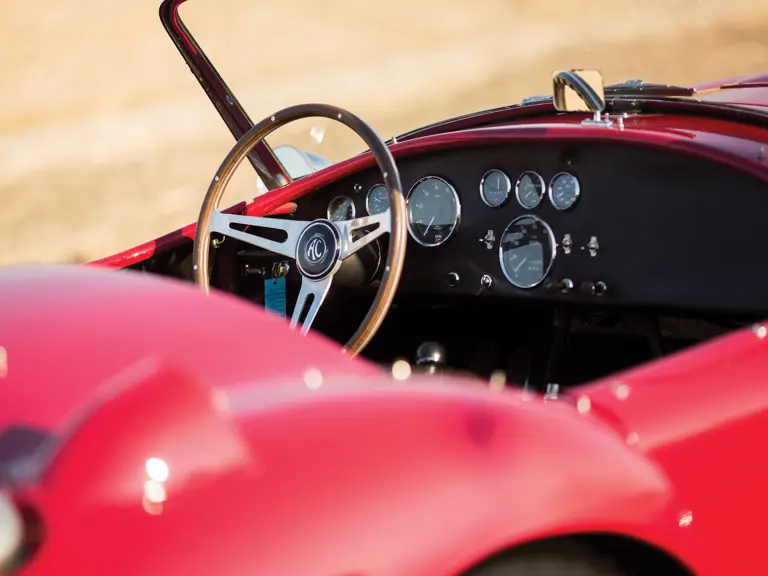
 | Phoenix, Arizona
| Phoenix, Arizona


